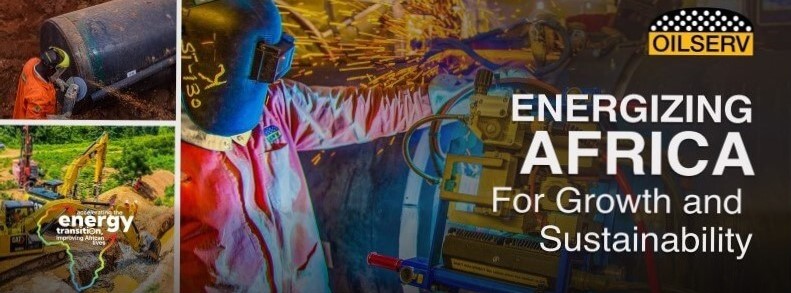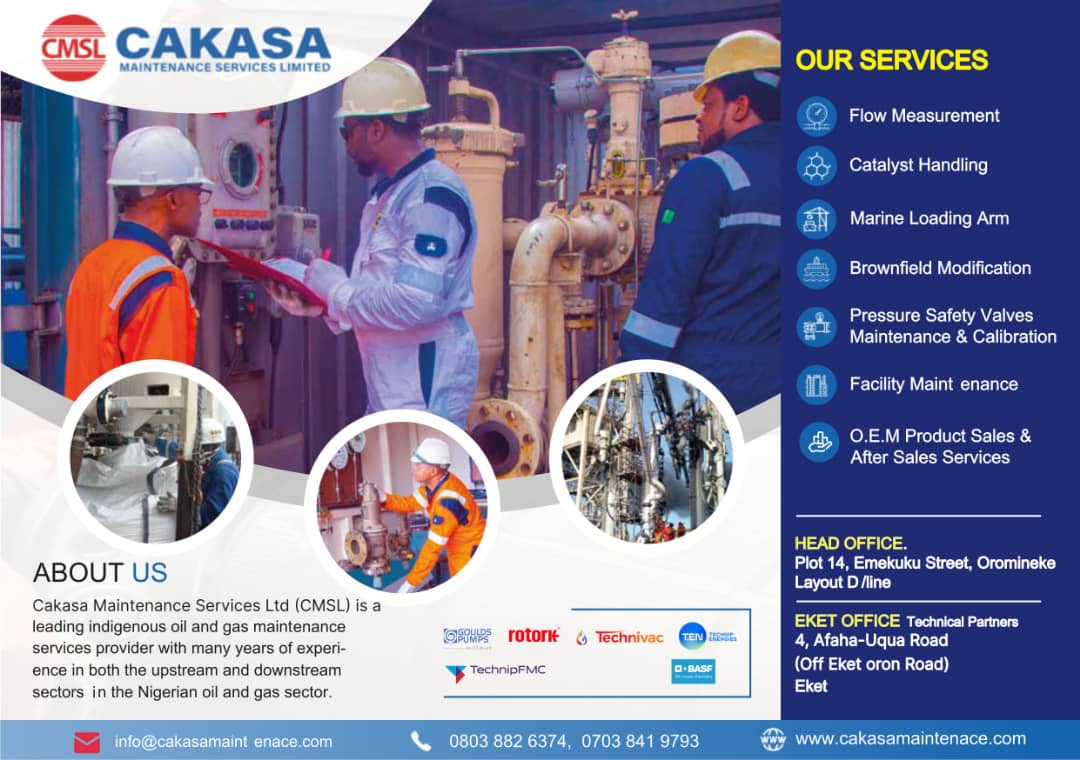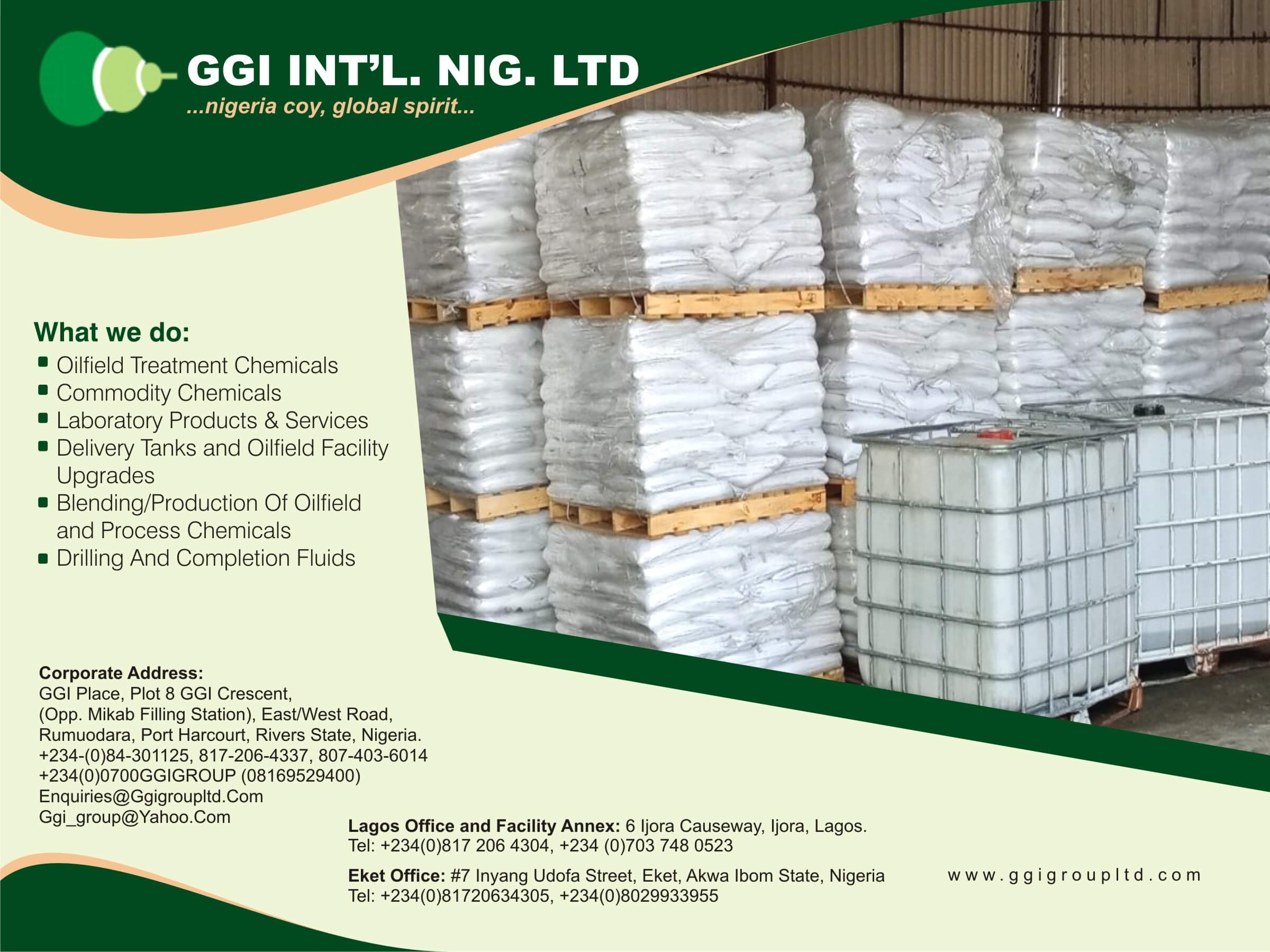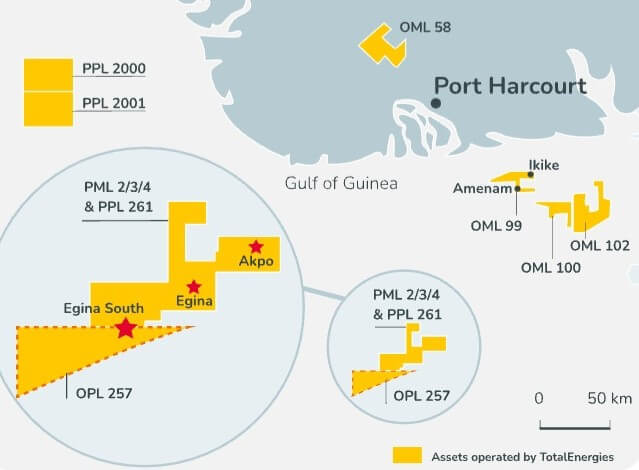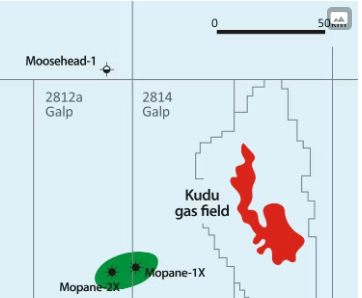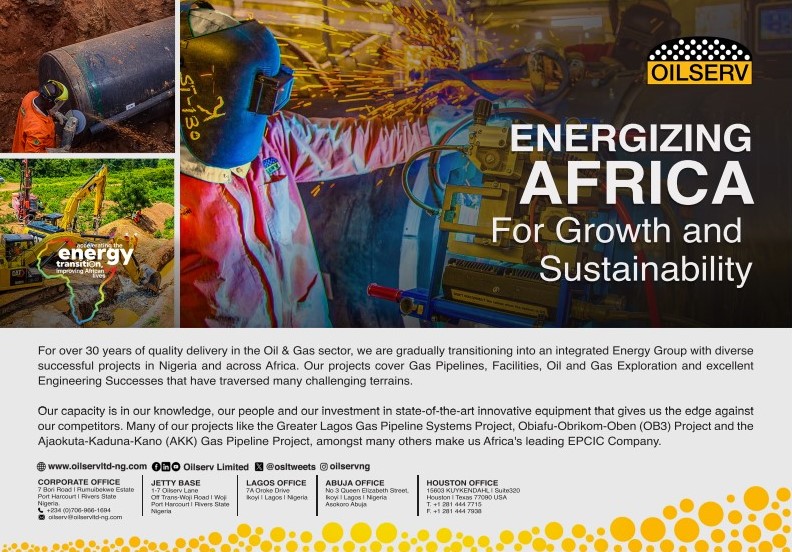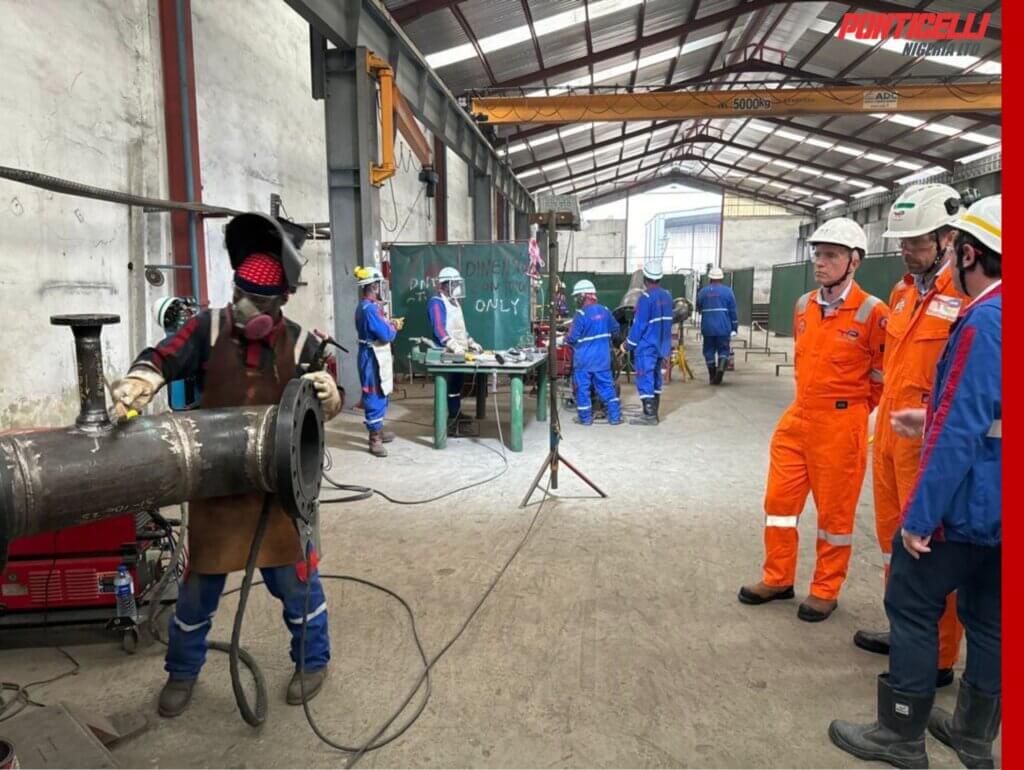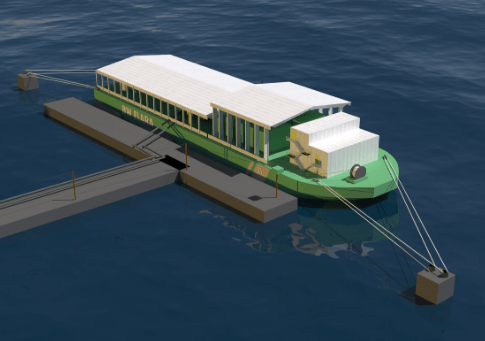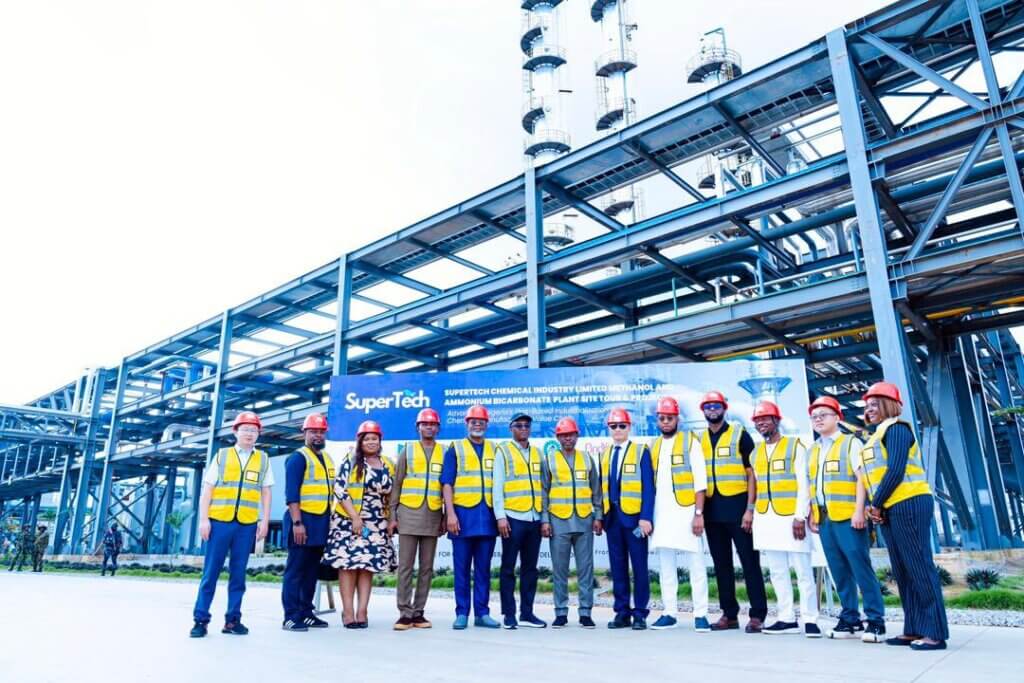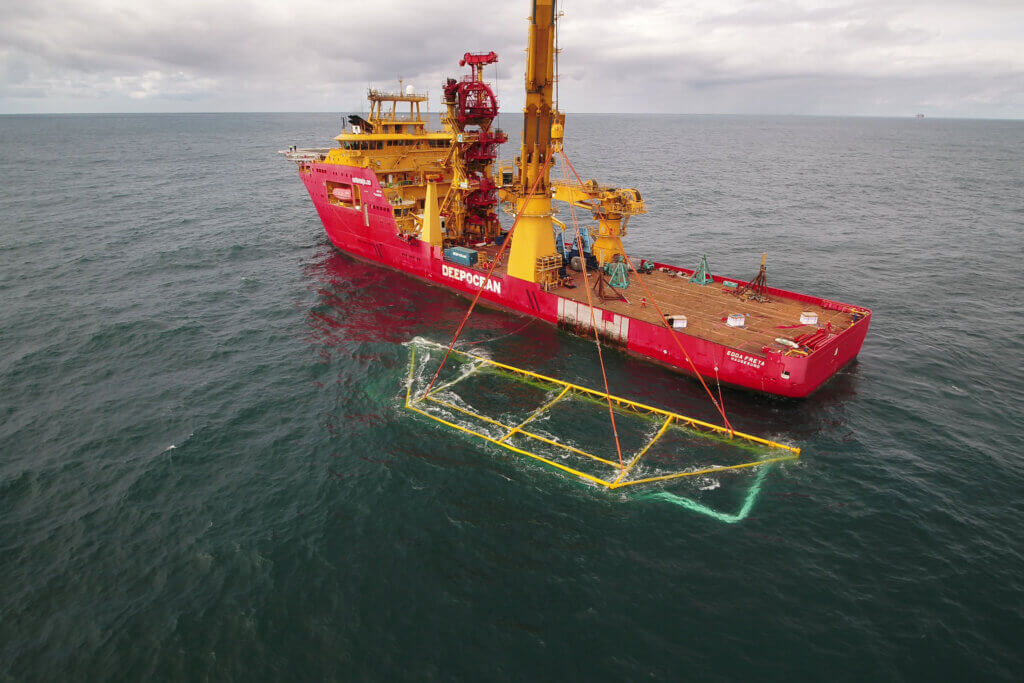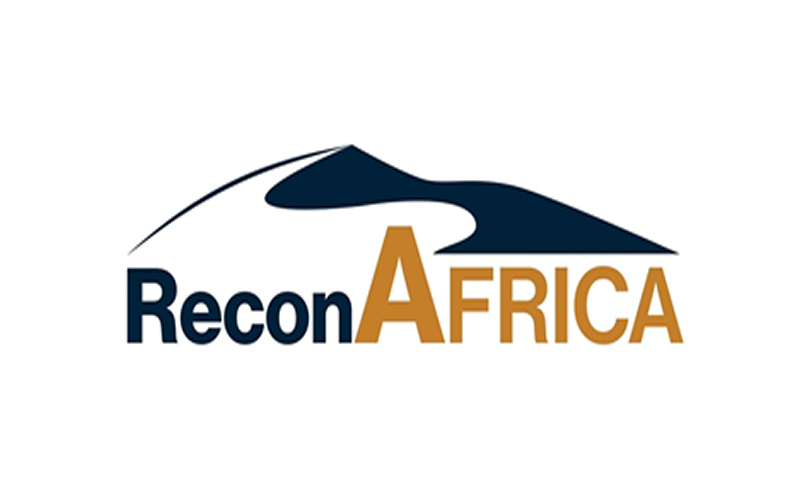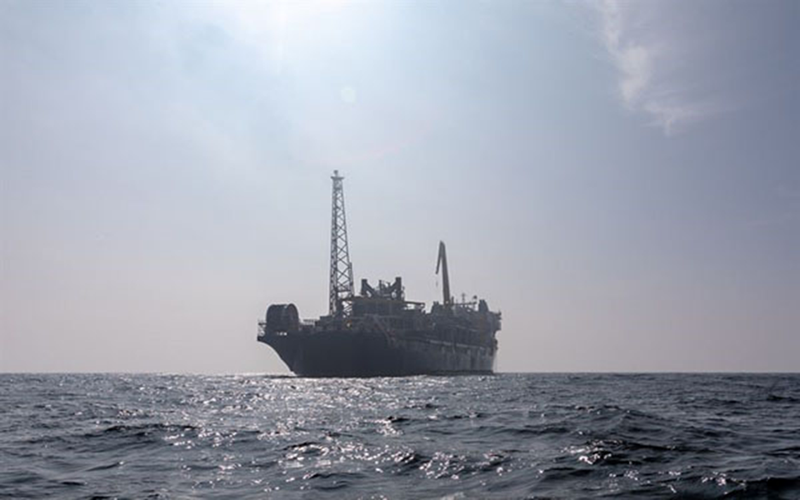
The Alvheim field is one of the most successful developments on the Norwegian continental shelf. When PDO was submitted to the Government in 2004, the reserves estimate was 171 million barrels of oil equivalents. Production from the Alvheim field exceeded this volume in early 2014. Today, the amount produced from the Alvheim area in total is more than three times the PDO estimate.

Multiple oil and gas deposits
The Alvheim field consists of multiple oil and gas deposits. In addition to the original deposits in the Alvheim area (Kneler, Kameleon, Boa and Vilje) there are several other discoveries that are either already tied in to the Alvheim FPSO, or currently being developed. The latest addition is the Tyrving development, which today received governmental approval.
“I am very pleased to see utilisation of existing infrastructure to increase production of oil and gas. This extends the lifespan of important fields on the Norwegian continental shelf at a time when Europe needs all the energy we can supply”, said Minister of Petroleum and Energy, Terje Aasland. “And since we, on this particular day, celebrate the 15th anniversary of Alvheim, it is appropriate for me to announce the approval of the development of Tyrving tie-in project”, said Aasland.
Earlier this year, production from the Frosk field commenced, and KEG (Kobra East & Gekko) is under development. These new fields contribute to the lifetime extension of the Alvheim FPSO.
People and technology
“It is people and technology – not luck – that has made Alvheim the success story it is today. The subsurface is challenging with many thin oil zones. The high recovery rate we have achieved is to a large extent attributed to a world-class subsurface team, drilling engineers and operations personnel”, said Ine Dolve, SVP for the Alvheim Asset in Aker BP.
“Even after 15 years in production we are still breaking records in the performance of the production vessel. We have had a continuous improvement in production efficiency throughout the period both in terms of uptime and costs. We have a dedicated team with strong ownership that delivers world-class results, and licensees that back us up in a fantastic way”, said Dolve.

The main concept for the geology is essentially unchanged, but with the help of 3D and 4D seismic, and production data from the wells, we have increased our knowledge of the subsurface considerably. And by constantly adopting new drilling technology, it has become possible to drill several long multi-lateral wells with great precision.
“In addition to this, valves and chokes are actively adjusted by the operations team to optimize production every single day. The results would not have been possible without the excellent cooperation between the various disciplines, which subsequently ensured that the Alvheim license received the prestigious IOR award from the Norwegian Petroleum Directorate in 2018. And the team is not resting on its laurels”, said Dolve.
“New discoveries and fields linked to the Alvheim FPSO contribute to the fact that we are now planning operations until 2040 and have an ambition for the vessel to process a billion barrels before we shut down”, said Ine Dolve.
Aker BP without Alvheim?
There is no doubt that Alvheim has had a major impact on the shape of Aker BP as a company today. Both through production and the income that the area generates directly. But also in a historical perspective, Alvheim has been pivotal. The field was a mainstay of Marathon Oil, which was the operator of the field at the start. Marathon was acquired and incorporated into Det norske and subsequently part of Aker BP.
Alvheim also provided important cash flow for licensee Lundin Energy. The income secured an active exploration strategy that led to several major discoveries, including the giant Johan Sverdrup. Through the acquisition of Lundin, Aker BP became the second largest operator on the Norwegian continental shelf.
Aker BP ASA is the operator for the Alvheim area.
Licensees
- Alvheim and KEG: ConocoPhillips Skandinavia AS
- Boa: NEO Energy (owner interest in UK sector)
- Bøyla and Frosk: Vår Energi ASA
- Skogul: PGNiG Upstream Norway
- Tyrving: Petoro AS, PGNiG Upstream Norway
- Vilje: DNO Norge AS, PGNiG Upstream Norway












